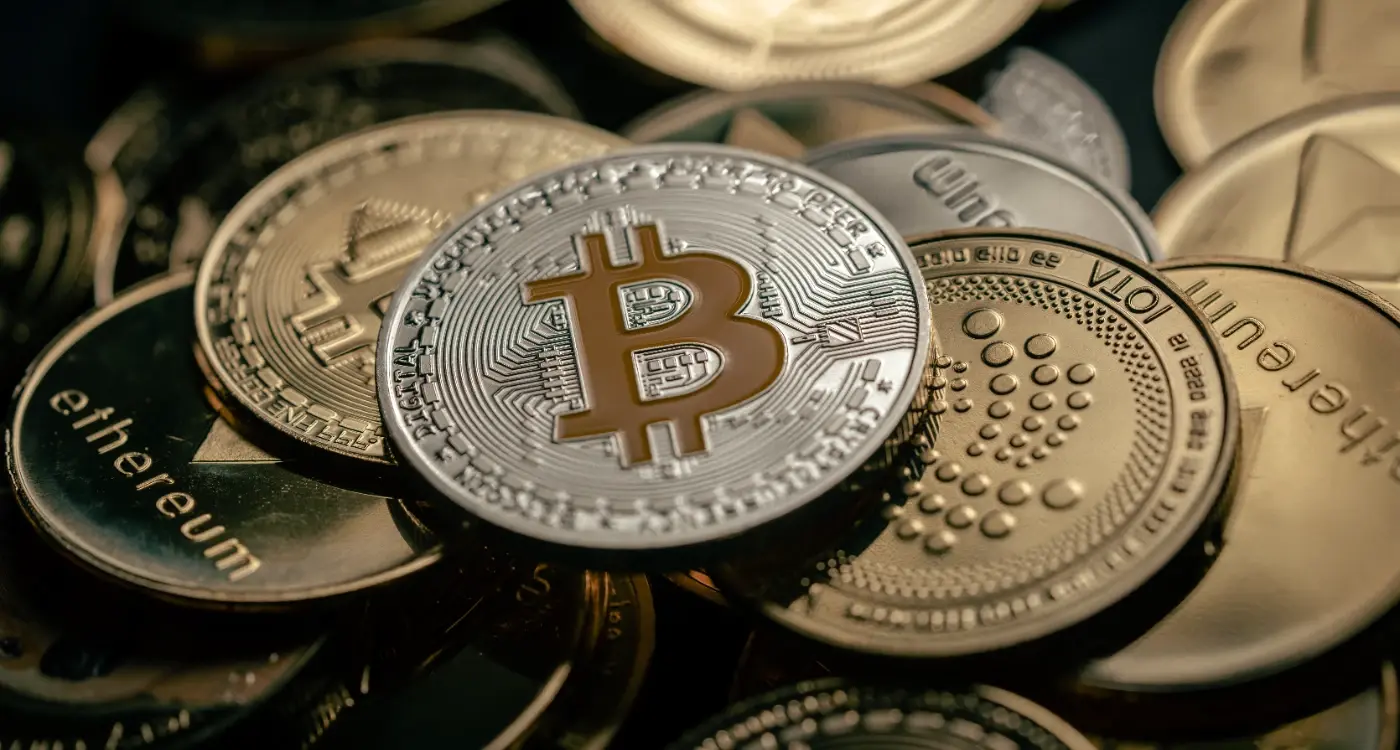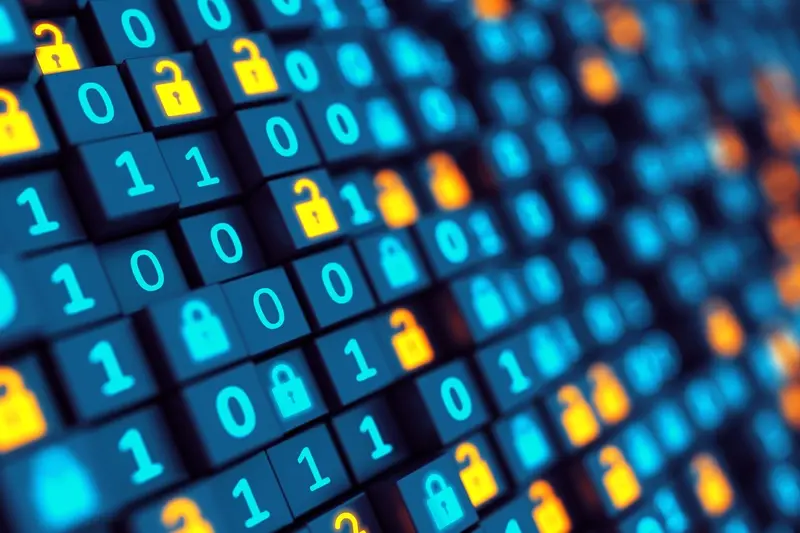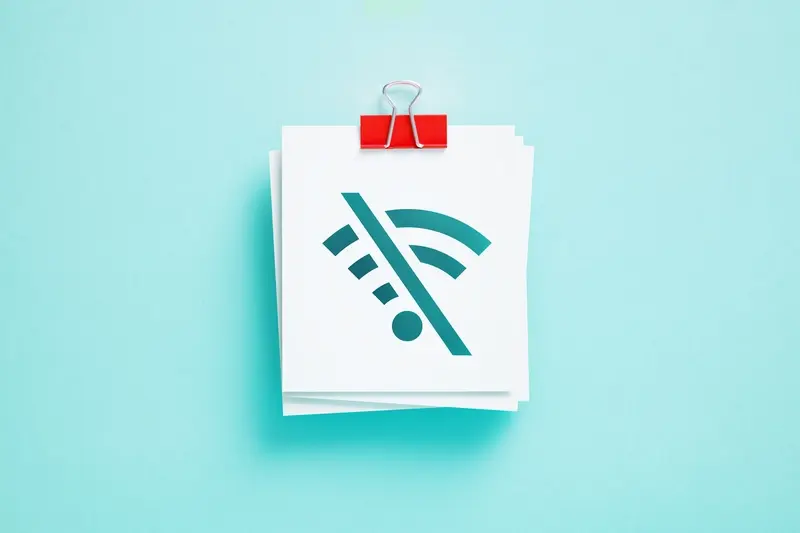Can I Add Blockchain To My Existing Mobile App?
Over 80% of businesses are now exploring blockchain technology, but most assume they need to build entirely new applications from scratch. That's simply not true. Adding blockchain to your existing mobile app is not only possible—it's often the smartest approach. Rather than starting over, you can enhance what you've already built with blockchain features that genuinely add value for your users.
The question isn't really whether you can add blockchain to your existing app; it's whether you should. And more importantly, how you should go about it. Many businesses rush into blockchain integration without understanding what it actually means for their users or their bottom line. The result? Expensive projects that don't deliver real benefits.
Blockchain integration should solve real problems for your users, not just tick a technology box for your business
This guide will walk you through everything you need to know about adding blockchain to your existing mobile app. We'll cover the technical requirements, planning strategies, common pitfalls to avoid, and realistic cost expectations. By the end, you'll have a clear understanding of whether blockchain makes sense for your app and how to implement it successfully. No technical jargon, no unrealistic promises—just practical advice from years of real-world experience.
What Is Blockchain Technology
Right, let's get the basics sorted first—blockchain is basically a digital ledger that keeps records of transactions across multiple computers. Think of it like a notebook that everyone can read, but nobody can change what's already been written without everyone else knowing about it.
When someone makes a transaction, it gets bundled up with other transactions into what we call a 'block'. This block then gets added to a chain of previous blocks (hence the name blockchain). Each block contains a special code that connects it to the block before it, creating an unbreakable chain of information.
Key Features That Make Blockchain Special
The clever bit is that this chain isn't stored in just one place—it's copied across thousands of computers around the world. If someone tries to tamper with one copy, all the other copies will reject it because they don't match. This makes blockchain incredibly secure and trustworthy.
- Decentralised storage across multiple computers
- Transparent records that anyone can verify
- Immutable data that can't be changed once written
- No single point of failure or control
- Cryptographic security protecting each transaction
For mobile apps, blockchain can handle things like secure payments, digital identity verification, supply chain tracking, or creating digital certificates. It's particularly useful when you need to prove something happened at a specific time or when multiple parties need to trust the same information without having a central authority managing it all.
Types of Blockchain Integration for Mobile Apps
When it comes to adding blockchain to your existing mobile app, you've got several routes to choose from. The approach you pick will depend on what you're trying to achieve and how much change you're comfortable making to your current setup.
Full Blockchain Integration
This is the most comprehensive approach where your app becomes fully blockchain-powered. Think cryptocurrency wallets or NFT marketplaces—the blockchain is at the heart of everything. Your existing app would need significant restructuring, but you'd get all the benefits of decentralised technology. It's a big commitment though, and not something to undertake lightly.
Partial Integration
A more practical option for most existing apps is partial integration. You keep your current functionality but add blockchain features where they make sense. Maybe you want to add secure document verification or create a loyalty token system. This approach lets you test the waters without rebuilding everything from scratch.
The beauty of partial integration is that you can start small and expand later. You might begin with just user authentication on blockchain and gradually add more features as you see how your users respond.
Start with one simple blockchain feature rather than trying to transform your entire app at once. This reduces risk and helps you understand what works for your users.
| Integration Type | Best For | Development Time |
|---|---|---|
| Full Integration | New blockchain-focused apps | 6-12 months |
| Partial Integration | Existing apps adding blockchain features | 2-4 months |
| API Integration | Simple blockchain connectivity | 2-6 weeks |
Technical Requirements for Adding Blockchain
Adding blockchain to your existing mobile app isn't like installing a new feature—it requires some serious technical groundwork. The good news? Most modern apps can handle it with the right planning and preparation.
Your app's backend needs to be robust enough to communicate with blockchain networks, which means you'll need APIs that can handle the extra load. Think of it this way: blockchain transactions take time to process (sometimes several minutes), so your app needs to be patient and handle these delays gracefully. Your users shouldn't be left staring at a spinning wheel wondering what's happening.
Infrastructure Requirements
The technical stack you'll need depends on which blockchain you're integrating with. Each one has its own quirks and requirements:
- Node.js or Python backend for API development
- Web3 libraries for blockchain interaction
- Secure key management systems
- Enhanced database storage for transaction records
- Load balancing to handle network congestion
Security Considerations
Security becomes more complex when blockchain enters the picture. Private keys need bulletproof storage—lose them and you've lost access forever. Your app will need encrypted storage, secure authentication, and backup systems that don't compromise security. Most developers use hardware security modules or trusted execution environments for this.
The technical lift varies greatly depending on your current architecture, but with proper planning, most apps can successfully integrate blockchain functionality without starting from scratch.
Planning Your Blockchain Integration Strategy
Right, so you've decided blockchain makes sense for your existing app—now comes the fun part of actually planning how to make it happen. I'll be honest with you, this isn't something you want to wing. I've seen too many projects go sideways because the planning phase got rushed or skipped entirely.
Start by mapping out exactly which features in your mobile app will use blockchain and which won't. Not everything needs to be on the blockchain—that's a rookie mistake that'll cost you time and money. Focus on the bits that actually benefit from blockchain's strengths like security, transparency, or decentralisation.
Choose Your Integration Approach
You've got two main paths here: build blockchain features directly into your existing app or create a separate blockchain layer that talks to your current system. The second option is usually smarter because it means less disruption to what's already working.
The biggest mistake I see is trying to blockchain everything at once instead of starting with one core feature and building from there
Set Realistic Timelines
Blockchain development takes longer than regular app features—there's no getting around that. Factor in extra time for testing, security audits, and dealing with the inevitable hiccups that come with any new technology integration.
Common Challenges and Solutions
Adding blockchain to your existing mobile app isn't always straightforward—and I've seen plenty of projects hit unexpected bumps along the way. The most common challenge I encounter is performance issues; blockchain operations can be slow and your users won't wait around for transactions to complete. The solution? Implement smart caching and use background processing for blockchain calls whilst showing progress indicators to keep users informed.
Technical Integration Headaches
Your app's architecture might not play nicely with blockchain APIs right away. I've found that creating a middleware layer between your app and the blockchain network helps smooth things out—it acts like a translator between your existing code and the blockchain world. Data storage becomes tricky too since blockchain data structures are different from traditional databases.
User Experience Complications
Users often get confused by wallet connections and transaction confirmations. Keep things simple by hiding complex blockchain processes behind familiar interfaces. Nobody needs to understand what's happening under the hood—they just want your app to work. Network connectivity issues are another pain point; always have fallback options ready when blockchain networks are slow or unavailable. Testing these scenarios early saves headaches later.
Cost and Time Considerations
Right, let's talk money and timelines—because that's what most people really want to know when they're thinking about adding blockchain to their existing app. I won't sugarcoat it: blockchain integration isn't cheap, and it's not quick either.
For most mobile apps, you're looking at anywhere from £15,000 to £100,000+ depending on what you're trying to achieve. A simple wallet feature might sit at the lower end, whilst a full smart contract system with custom tokens will push you towards the higher bracket. The complexity of your existing app matters too; if your current architecture is a bit messy, you'll need to sort that out first.
Timeline Reality Check
Time-wise, expect a minimum of 3-6 months for basic blockchain features. More complex integrations can easily stretch to 12 months or longer. Why so long? Well, blockchain development moves differently than regular app development—there's more testing involved, security audits take time, and frankly, there are fewer developers who really know what they're doing.
Start with a small pilot feature rather than a full blockchain overhaul. You can always expand later once you've proven the concept works for your users.
Hidden Costs to Watch For
Don't forget about ongoing costs like gas fees, server infrastructure, and security audits. These can add up quickly and catch people off guard.
Testing and Security Best Practices
I'll be straight with you—testing blockchain integration isn't like testing a standard app feature. You're dealing with immutable data, smart contracts, and potentially real cryptocurrency transactions. One mistake could cost your users money, and there's no "undo" button in blockchain.
Start with sandbox environments and testnets before touching anything live. Most blockchain networks offer test versions where you can experiment without real consequences. I always tell my team to break things deliberately during testing—it's better to find problems now than after launch.
Security Considerations
Security goes beyond just protecting user data; you're now responsible for digital assets. Private key management becomes your biggest headache—lose those keys and funds disappear forever. Never store private keys in plain text, and consider using hardware security modules for high-value applications.
Smart contract audits aren't optional—they're mandatory. Even experienced developers miss vulnerabilities that could drain user wallets. Budget for professional security audits; they're expensive but losing user funds is far worse.
Testing Checklist
- Test all blockchain transactions on testnets first
- Verify wallet connection and disconnection flows
- Test network switching between different blockchains
- Check transaction failure scenarios and error handling
- Validate smart contract interactions thoroughly
- Test app behaviour during network congestion
Remember, blockchain transactions can't be reversed—your testing needs to be bulletproof before going live.
Conclusion
Adding blockchain to your existing mobile app isn't just possible—it's becoming more straightforward as the technology matures. I've walked countless clients through this process, and whilst each project brings its own unique challenges, the fundamental approach remains consistent. You need to understand what blockchain can actually do for your app users, not just what sounds impressive in a pitch deck.
The key thing I want you to remember is that blockchain integration should solve a real problem. Whether that's providing transparent transactions, securing user data, or creating a decentralised experience, the technology needs to add genuine value. Don't fall into the trap of adding blockchain just because it sounds cutting-edge—your users will see right through that.
Start small, test thoroughly, and scale gradually. The mobile app landscape changes quickly, but blockchain integration done right can give your existing app a competitive edge that's hard to replicate. Work with experienced developers who understand both blockchain technology and mobile app architecture; this combination is rarer than you might think but absolutely worth finding.
Most importantly, keep your users at the centre of every decision. They don't care about the underlying technology—they care about whether your app makes their life easier, safer, or more enjoyable. Get that balance right, and blockchain can transform your existing mobile app into something truly special.
Share this
Subscribe To Our Learning Centre
You May Also Like
These Related Guides

Do I Need Cryptocurrency To Use Blockchain In My App?

Is Blockchain Technology Too Slow For Mobile Apps?



